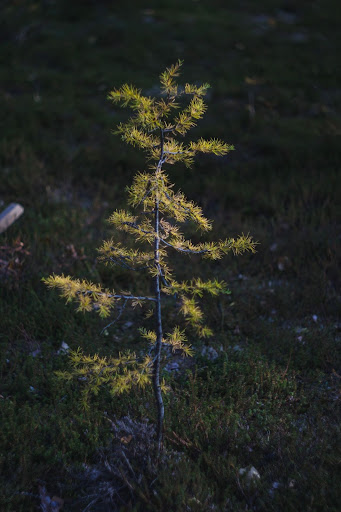You’re planting new trees, congratulations! You’ve decided to beautify your property and provide shade and shelter for many years. However, planting a tree is only the beginning – it’s essential to set your new tree up for success so it can thrive in its new home. This blog post will discuss some of the most common signs of transplant shock in newly planted trees, what you can do to help them recover, and what best sets them up for success.
Preventing Transplant Shock
You’ve seen it before: a beautiful, healthy tree that’s been recently transplanted, but within a few months or years, it starts to decline. The leaves turn yellow or brown, wilting and curling; the needles on evergreens discolor, and growth slows dramatically. This is called transplant shock, and unfortunately, it’s quite common.
You can do several things to prevent or minimize transplant shock in your newly planted trees:
- Be sure to choose the right tree for the planting site. This means considering the tree’s mature size, light and water requirements, and whether it’s appropriate for the climate.
- Prepare the planting hole properly. The planting hole should be twice as wide as the tree’s root ball and just deep enough so that the tree is at the same level it was in the nursery.
- Water your tree regularly and deeply. This is especially important during hot, dry weather. Newly planted trees need about an inch of water per week.
- Fertilize your tree correctly. Overfertilizing can do more harm than good, so be sure to follow the instructions on the fertilizer label.
- Protect your tree from damage. Be careful not to compact the soil around the root ball, and avoid using string or wire that could girdle the trunk.
Taking these steps gives your newly planted tree the best chance for a long and healthy life.
Planting New Trees: How to Set Them Up for Success
If you’ve recently planted a new tree on your property, you’re probably wondering how to best set it up for success. Here are our arborists’ best tips:
Plant at the Right Time
The best time to plant a tree is in the late fall when the weather is cool, and the ground is moist. This gives the tree a chance to establish itself before the stresses of hot weather and drought set in.
Watering Your New Tree
One of the most important things you can do for your newly planted tree is to water it regularly and deeply. Newly planted trees need about an inch of water per week, so check the soil around your tree weekly. If it feels dry several inches below the surface, it’s time to water. The best way to water your tree is with a soaker hose or drip irrigation system, which will help to avoid wetting the leaves and reduce the risk of fungal diseases.
Mulching
Mulch helps to conserve water, protect the roots from extreme temperatures, and prevent weeds from competing with your newly planted tree. Mulch should be applied in a ring around the tree, extending out to the drip line (the outer edge of the tree’s canopy). The mulch should be two to four inches deep, and keep it several inches away from the tree trunk.
Pruning
Pruning newly planted trees is generally unnecessary, but there are a few exceptions. If you see dead or damaged branches, you can remove them. Also, remove any suckers (shoots that grow from the tree’s base) that appear. Suckers compete with the tree for water and nutrients and can eventually weaken or damage the tree.
Contact a Certified Arborist
At Sexy Trees, our wide range of services and care will keep your trees healthy and beautiful for decades to come. We believe in supporting our communities of trees through evidence-based techniques that you can depend on.
Call us at 925-233-6877 for an estimate, or email us at [email protected] anytime with questions!
 Bringing Sexy Back Into Your Yards
Bringing Sexy Back Into Your Yards 
